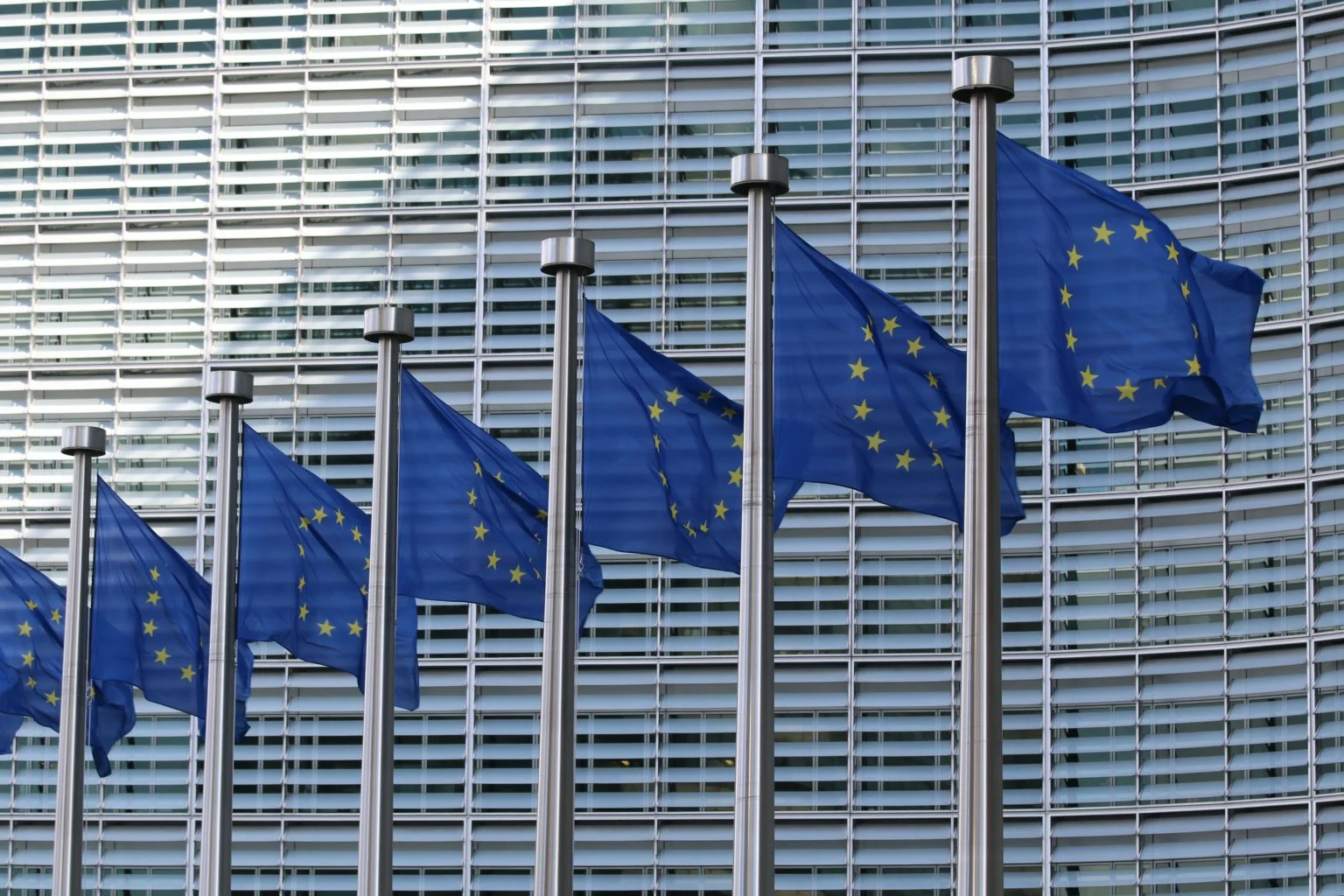1. Introduction
On 26 February 2025, the European Commission introduced the EU ESG Simplification Omnibus – a package of regulatory adjustments aimed at easing the sustainability reporting burden on businesses. This move responds to growing criticism that the EU’s Environmental, Social, and Governance (ESG) regulations – designed to push companies toward greater transparency and accountability – have become excessively complex, costly, and difficult to navigate.
While ESG remains central to EU policy, companies have struggled with the sheer volume of reporting obligations and compliance requirement. The new reforms aim to streamline compliance, reduce costs, and refocus efforts on meaningful sustainability actions rather than bureaucracy.
To understand why these changes were necessary, this blog article first recaps what EU ESG regulation is and why it was introduced. I then turn to how it became a burden for businesses, before examining the key simplifications and their impact.
2. ESG Regulation: Setting the Stage for Reform
Over the years, the EU has introduced a wide range of ESG-related regulations, each with the goal of ensuring responsible business practices and increasing transparency. Key directives include the following:
- Corporate Sustainability Reporting Directive (CSRD): Entered into force on 5 January 2023, this directive imposes ESG reporting obligations on thousands of companies. The CSRD is a revision and improvement of the Non-Financial Reporting Directive (2014/95/EU) (NFRD), introduces more detailed reporting requirements, and covers a wider range of companies, including large listed companies and small and medium-sized enterprises (SMEs). The requirements of the CSRD are taking effect in a gradual timeline up to 2028, contingent on company classification.
- Corporate Sustainability Due Diligence Directive (CSDDD): Entered into force on 25 July 2024, this directive requires companies to identify, prevent, and mitigate actual or potential adverse human rights and environmental impacts across their operations and supply chains. Member States have until 26 July 2026 to transpose the directive into national law, with compliance obligations for companies phased in between 2027 and 2029, depending on company size and turnover.
- Taxonomy Regulation (2020/852): Entered into force on 12 July 2020, this regulation establishes a classification system for environmentally sustainable economic activities, providing companies, investors, and policymakers with appropriate definitions for which economic activities can be considered environmentally sustainable.
- Sustainable Finance Disclosure Regulation (2019/2088) (SFDR): Effective from March 2021, this regulation requires financial market participants and financial advisors to disclose how they integrate ESG factors into their investment decision-making processes.
- Carbon Border Adjustment Mechanism: (CBAM): Entered into force on 17 May 2023, this mechanism introduces carbon tariffs on certain imports to prevent carbon leakage and ensure fair competition by encouraging producers in non-EU countries to adopt carbon pricing policies.
These regulations were designed to combat greenwashing, improve corporate accountability, and provide investors with reliable ESG data. While this is commendable in principle, the accumulation of reporting obligations has led many businesses to struggle with excessive complexity, compliance costs, and overlapping requirements.
For a more detailed overview of ESG regulation and its purpose, see my previous article ESG: Redefining Business in the Modern Era.
3. The Drive for Simplification
In recent years, businesses and industry leaders across Europe have increasingly voiced concerns about the ever-expanding EU ESG regulatory landscape. Their message has been clear: the current framework, while well-intentioned, is placing a disproportionate burden on companies. Three examples illustrate this growing discontent:
- In Germany, companies argue that excessive reporting requirements drain resources and hinder competitiveness. German industry groups have described ESG compliance as a bureaucratic monster, warning that it could slow down investment and innovation.
- In the Netherlands, the government’s climate watchdog has warned that the country is unlikely to meet its EU-mandated 2030 emission reduction targets. While not directly tied to ESG reporting rules, this signals broader strain in meeting EU sustainability objectives – not only for businesses, but for governments too. Delays in offshore wind and green hydrogen projects, combined with shifting political priorities, have raised questions about how realistic and manageable the EU’s sustainability regulatory framework truly is.
- Business leaders have also pushed back. Christian Bruch, CEO of Siemens Energy, criticized the EU’s complex environmental regulations, calling them disproportionate to their benefits and a threat to European competitiveness. He specifically targeted the CSRD, which requires companies to report over 1,000 data points on environmental and social impact.
The European Commission appears to be responding to this criticism. In unveiling the Simplification Omnibus, Commission President Ursula von der Leyen emphasized the need to cut unnecessary reporting obligations to make the EU a more attractive place to do business.
4. Key Changes Proposed in the EU ESG Simplification Omnibus
The EU ESG Simplification Omnibus introduces several targeted reforms designed to alleviate the compliance burden associated with the EU’s sustainability regulations. The primary proposals include:
- Raising Reporting Thresholds: The Commission proposes increasing the employee threshold under the CSRD from 250 to 1,000 employees, potentially exempting approximately 80% of companies currently obligated to report under this directive.
- Delaying Implementation Timelines:
- CSRD: The application date for companies due to report in 2026 and 2027 would be postponed by two years, granting businesses additional time to prepare for compliance.
- CSDDD: The initial reporting requirements would be deferred from 2027 to 2028, providing companies with extended preparation time.
- Streamlining Due Diligence Obligations: The Commission proposes amending the CSDDD to focus due diligence requirements primarily on direct suppliers, reducing the scope from the entire supply chain. Additionally, the frequency of mandatory assessments would be decreased from annual to every five years, and companies would be required to suspend rather than terminate contracts with non-compliant suppliers.
Collectively, these measures are projected to reduce administrative burdens by 25% for EU companies and by 35% for small and medium-sized enterprises (SMEs), in line with the Commission’s objective of fostering a more competitive and business-friendly environment. The European Commission further estimates that these changes could result in compliance cost savings of up to €40 billion for European businesses.
5. What Happens Now? The Ongoing Compliance Burden
Although the Simplification Omnibus is widely viewed as a positive step for businesses, it remains a proposal and must still go through the EU’s ordinary legislative procedure. This includes scrutiny and approval by both the European Parliament and the Council of the EU, a process that typically takes at least 17 months. The earliest possible adoption is expected by late 2025, though further delays remain possible.
In the meantime, businesses must continue to comply with the current ESG reporting and due diligence framework – including existing reporting and due diligence obligations. Companies hoping for regulatory relief may have to wait until 2026 or later before seeing meaningful changes take effect.
6. Conclusion: A Necessary Reset, But With Open Questions
The EU ESG Simplification Omnibus marks a significant shift in the EU’s ESG strategy – an acknowledgment that businesses have been overwhelmed by complex and costly compliance obligations. The proposed reforms aim to reduce red tape without weakening sustainability commitments, allowing companies to focus on real impact rather than administrative burdens.
However, finding the right balance remains the biggest challenge. If simplifications go too far, the EU risks undermining transparency, accountability and investor confidence. If they don’t go far enough, businesses will continue to struggle with excessive and unsustainable ESG compliance costs.
With the Omnibus still under discussion, the debate is far from over. What is clear, however, is that the EU is finally acknowledging that simplification is not just desirable – it is overdue. With the legislative process underway, the EU now faces a delicate task: ensuring businesses are not buried under excessive regulatory red tape, while still upholding sustainability goals. Time will tell whether the final version of the Omnibus delivers on that promise.
Thoughts, comments or questions? Get in touch!
Gundo Haacke, Interim Legal Counsel & Owner of Haacke Commercial Legal Services.
Blog article published on 26 March 2025.
Image credit: World wide web.
Disclaimer
The information provided in this blog article is for general informational purposes only. Nothing contained in this blog article constitutes legal advice, nor is it intended to be a substitute for legal counsel on any subject matter. The author disclaims any liability in connection with the use of this information.




